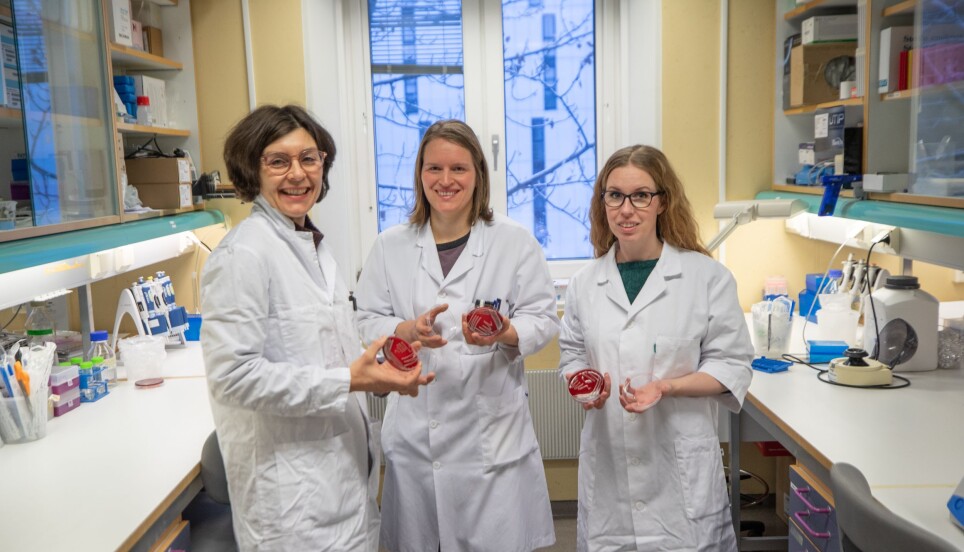
New Staphylococcus bacteria discovered in Norway
Researchers at the Arctic University of Norway UiT discovered the new species of bacteria by chance.
The researchers were supposed to study bacteria that can cause serious skin infections, particularly in pre-term babies.
But suddenly a new type of bacteria appeard in the petri dish.
The researchers have given it the name Staphylococcus borealis, because it was discovered in the North, and may be adapted to a northern climate.
“I don’t think a new Staphylococcus bacteria has been discovered in Norway ever before”, says Pauline Cavanagh, one of the researchers behind the discovery, to sciencenorway.no.
Staphylococcus are a type of bacteria that most people have on their skin. Some Staphylococcus species can produce toxins in the body.
Uncertain if it may cause disease
The researchers still do not know what kinds of disease the new bacteria may cause.
“For now, we believe this is part of the normal bacterial flora in humans”, Cavanagh says.
This means that the bacteria resides in or on our bodies, and that it usually does not make us ill. It could however prove to be dangerous for people with a weakened immune system – for instance older people, cancer patients and pre-term babies.
A new era of discovery
Thorough DNA-analysis was what led the researchers to discover the new species of bacteria.
They concluded that the bacterium that was previously classified as Staphylococcus haemolyticus in fact is the new species Staphylococcus borealis.
“We have entered a new era when it comes to discovering new bacteria”, says Cavanagh.
Using new technology, researchers are now able to isolate the entire DNA of a bacterium. This can then be compared to other bacteria, to see if any of them stand out as different.
The finding was recently published in the scientific journal International Journal of Systematic and Evolutionary Microbiology.

Available for the entire world
All known bacteria in the world are collected in a database. This can be used by researchers, doctors and biochemists when they need to determine what bacteria species they have found.
“We have now updated this database with the new bacterium, so all clinical microbiologists can find it”, says Cavanagh.
Just one day after they had done this, doctors found the new bacteria in test from a patient.
Databases all over the world will now be updated to include the new species.
Important in terms of resistance
Pauline Cavanagh believes Staphylococcus borealis is an important bacterium to know.
“Our diagnostics need to be as good as possible, so we can give the most appropriate treatment”, she says.
“This is even more important in this day and age with a growing problem of antibiotic resistant bacteria”.
In the coming weeks, doctors and microbiologists at St. Olavs Hospital in Trondheim will do similar research as that done at UiT in Tromsø.
“They may find Staphylococcus borealis that have caused disease”, Cavanagh says.
Translated by: Ida Irene Bergstrøm
Reference:
Pauline Cavanagh et al: Staphylococcus borealis sp. nov., isolated from human skin and blood. International Journal of Systematic and Evolutionary Microbiolog. November 2020. Summary.
———

































